New NASA Earth Science Mission Could Change the Way We See Our Planet
Scientific American
FEBRUARY 5, 2024
NASA’s PACE mission aims to increase our understanding of Earth’s carbon cycle, pollution particles and ocean plankton
This site uses cookies to improve your experience. By viewing our content, you are accepting the use of cookies. To help us insure we adhere to various privacy regulations, please select your country/region of residence. If you do not select a country we will assume you are from the United States. View our privacy policy and terms of use.

 our-mission
our-mission 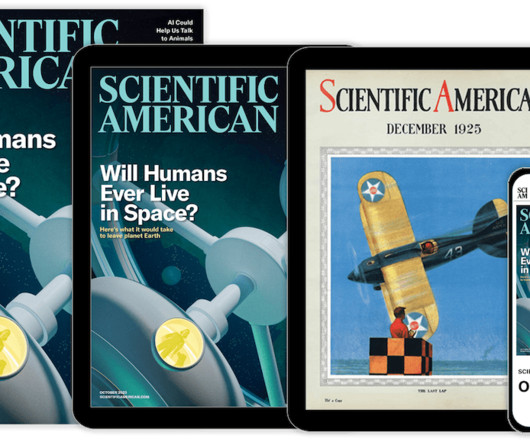
Scientific American
FEBRUARY 5, 2024
NASA’s PACE mission aims to increase our understanding of Earth’s carbon cycle, pollution particles and ocean plankton
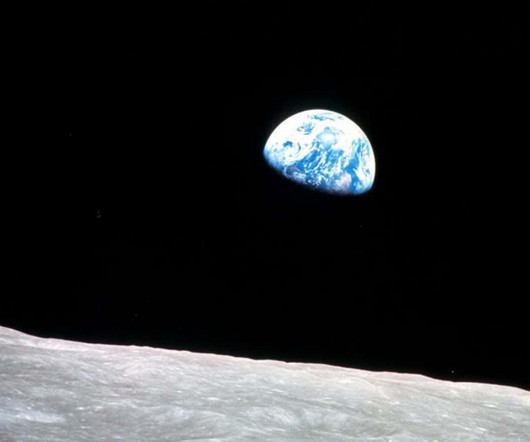
New Scientist
JANUARY 9, 2024
Several moon missions are planned for 2024, including some that will attempt to mine for ice on the moon and test out new lunar rovers – and they can teach us about Earth’s history
This site is protected by reCAPTCHA and the Google Privacy Policy and Terms of Service apply.
Manufacturing Sustainability Surge: Your Guide to Data-Driven Energy Optimization & Decarbonization

Environment + Energy Leader
MAY 1, 2023
David's return to E+E Leader as our Editor In Chief is an exciting development for us, as his experience and passion for the environment and energy sectors align perfectly with our mission.

Union of Concerned Scientists
JANUARY 24, 2024
The Union of Concerned Scientists (UCS) and our partner organizations have long advocated for a transformational food and farm bill —one that will not continue business as usual but help build a food system that is healthier, more sustainable, and more equitable. There’s no time to waste.

Legal Planet
DECEMBER 19, 2023
Much of our work involves the state of California. Our research programs at Berkeley and UCLA are dedicated to those missions. And speaking of the future, our work on climate change and other environmental issues will benefit not only this generation but our children, grandchildren, and beyond.
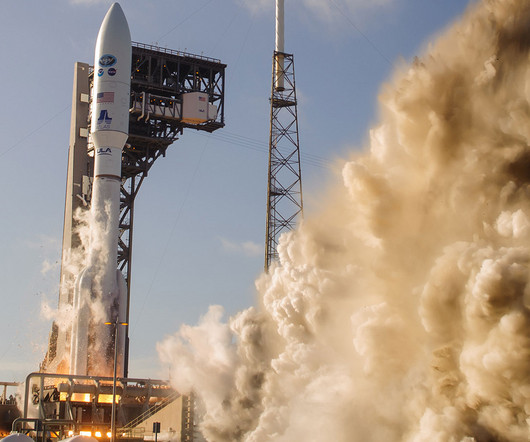
Union of Concerned Scientists
JULY 11, 2023
Indeed, our colleague Jonathan McDowell tracks these projects, and his database shows 17 potential mega-networks that could—at least theoretically—deploy over 400,000 satellites! As always, thanks to Teri Grimwood for tracking the 28 pieces of data for each of the 6,800 satellites in our database.

New Scientist
NOVEMBER 17, 2021
The desire to make exciting scientific news easy to understand spurred the foundation of New Scientist. That motivation is as strong today as it ever was
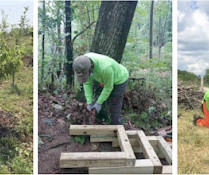
PA Environment Daily
MARCH 6, 2024
This is a once-in-a-lifetime opportunity to build an urban woody biomass campus in conjunction with our workforce development program. Pittsburgh-based Landforce is seeking qualified candidates for the position of Director of Wood Reuse. Click Here for instructions on how to apply. Posted: March 6, 2024] PA Environment Digest
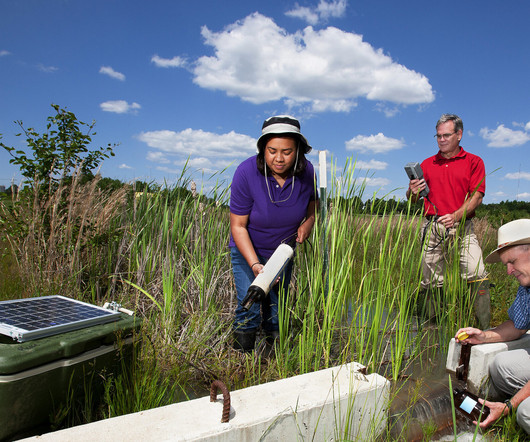
Union of Concerned Scientists
MARCH 28, 2023
But what gets me excited about the ARA is a small but powerful section about research that includes truly transformative changes to the vision of the US Department of Agriculture Research, Education, and Economics (USDA REE) mission area and to priority areas in its Agriculture and Food Research Initiative (AFRI). And it’s about time.

PA Environment Daily
APRIL 25, 2024
Hayman, and PDE Executive Director Kathy Klein remarked on the importance of partnerships, the big impact of small actions, and the role that everyone plays in protecting our shared environment. “At Whether it’s Earth Day or any other day, we all have a role to play in keeping our environment cleaner, greener, and safer.” Hayman, Esq.
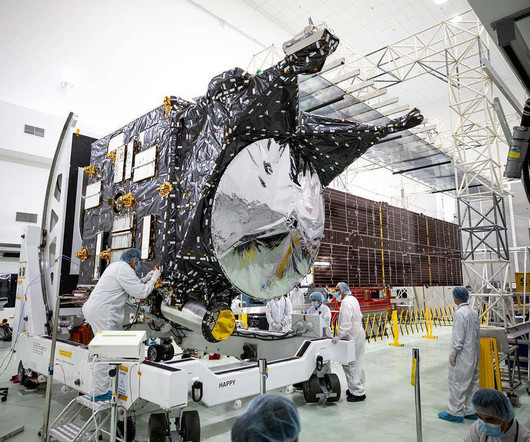
New Scientist
SEPTEMBER 21, 2023
The Psyche mission is scheduled to begin its journey to an asteroid of the same name on 5 October – it could help us understand Earth’s core and how our planet formed
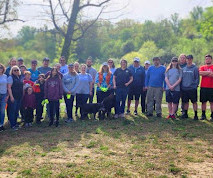
PA Environment Daily
DECEMBER 13, 2023
KPB has a mission of empowering Pennsylvanians to keep our communities clean and beautiful and now through Keep Delco Beautiful, Delco residents can also support this mission through action. Keep Reading Beautiful, Keep Dauphin County Beautiful and Scranton Tomorrow joined earlier in 2023.

Frontiers
MARCH 31, 2023
We do not advise our community to refer to this website as a trusted source of information and consider it to be yet another predatory index, which intentionally seeks to mislead the research community. Scientists empower society and our mission is to accelerate scientific discovery by making science open.
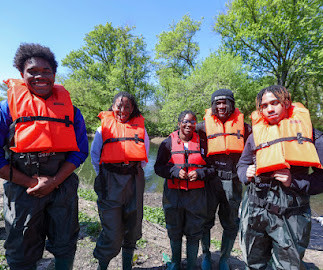
PA Environment Daily
APRIL 25, 2024
Environmental Protection Agency formally announced a new partnership to support Heights’ mission of creating student pathways to college and careers, especially for low-income, Black and Brown, and first generation to college students. It is our vision to prepare students to imagine and realize any future they desire. Vereen, Ed.D.,
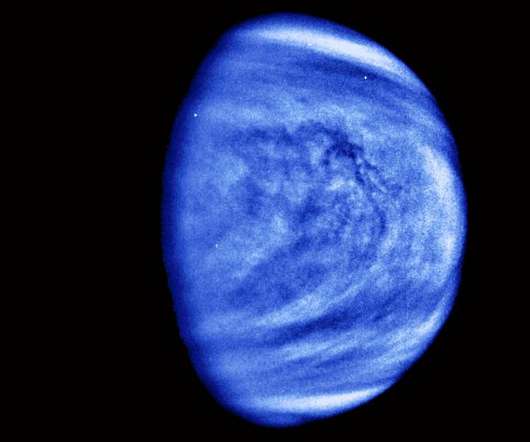
Physics World
JUNE 3, 2021
NASA has announced it will send two missions to Venus to study the planet’s atmosphere and geological features. Planned for launch between 2028 and 2030, the missions have each received $500m and will become part of the agency’s discovery programme. Thomas Zurbuchen. Thomas Zurbuchen. A hothouse.
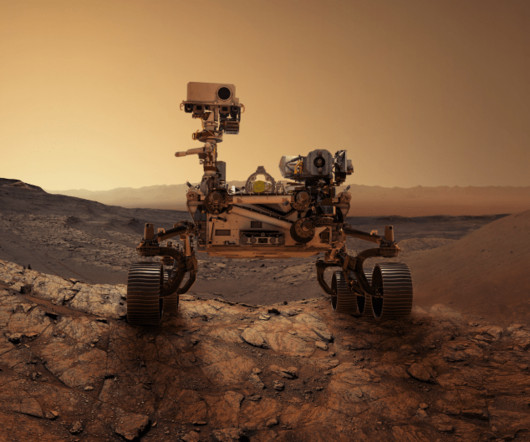
Frontiers
JULY 4, 2023
By Dr Athena Coustenis (CNRS, Paris University), Mr Niklas Hedman (UN Office for Outer Space Affairs), and Prof Peter Doran (University of Louisiana) As the search for life elsewhere in our solar system intensifies, so does the need to keep space exploration safe and sustainable. This is where the COSPAR Planetary Protection Policy comes in.
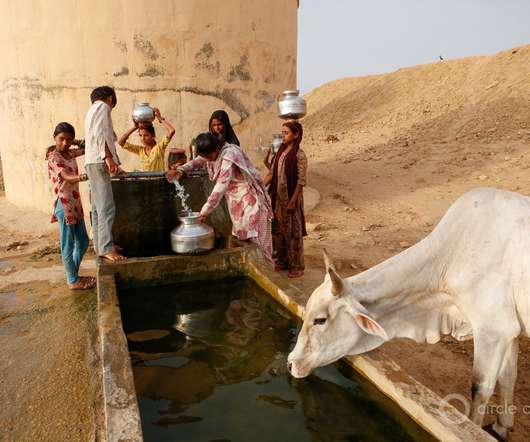
Circle of Blue
SEPTEMBER 28, 2022
The days of getting by with stopgap measures are gone; the situation demands mission-oriented collective action at all levels. For the first time in our history, human activities are jeopardizing water at its very source. Women in Rajasthan, a state in northern India, gather water. Carl Ganter/Circle of Blue.

PA Environment Daily
MARCH 6, 2024
DEP Interim Acting Secretary Jessica Shirley introduced the latest DEP Newsletter to “highlight our collective wins, amplify our mission to protect the environmental rights of Pennsylvanians, showcase the critical work done by our peers, and ensure everyone is informed of upcoming events.” Read more here.

PA Environment Daily
FEBRUARY 9, 2024
They look forward to welcoming a new member of our team who is eager to share their skills, who cares deeply about our dual mission, and is willing to learn alongside us as we continue to work together to build a just world for people and the planet. Click Here for a job description and information on how to apply.
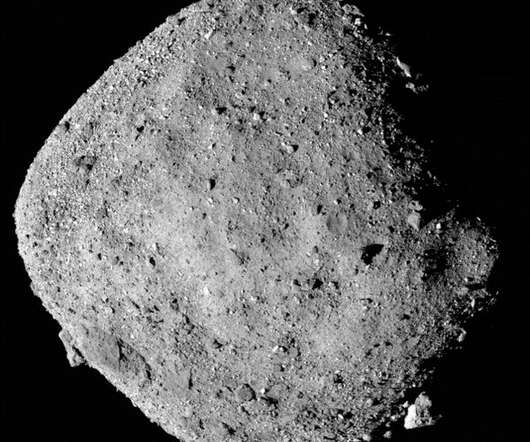
Scientific American
AUGUST 12, 2021
Using data from the OSIRIS-REx mission, scientists calculated slightly increased (but still low) odds the space rock will collide with our planet in the 2100s. -- Read more on ScientificAmerican.com.
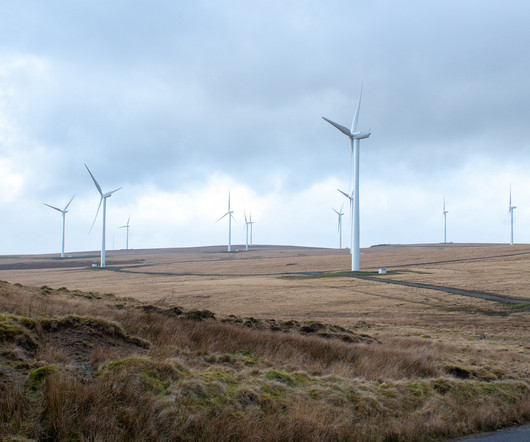
Cresforum
FEBRUARY 5, 2024
“These regulatory approvals keep CVOW on time and on budget as we focus on our mission of providing customers with reliable, affordable and increasingly clean energy.” ” Dominion’s CVOW significantly contributes to their larger mission to provide reliable, affordable and cleaner energy to customers.
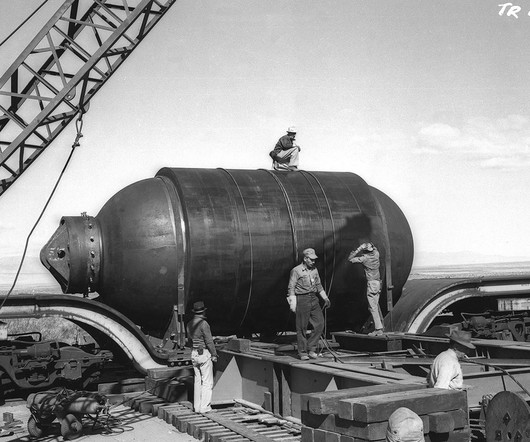
Union of Concerned Scientists
MARCH 6, 2024
We live in a perpetual twilight, always under the shadow of rapid extinction, our society impoverished and distorted by the designs of war. Some, like the Bulletin of Atomic Scientists and the Federation of American Scientists, still carry on that mission to this day. Seven decades later, there’s still no definitive answer.

Frontiers
JUNE 20, 2023
The summit took place as part of Frontiers Forum Live, an annual event that brings together Frontiers’ editors, other top researchers, innovators, and policy makers in a united mission to accelerate and mobilize open science. This 8th edition took place in Montreux, Switzerland, from 27-29 April as our first-ever hybrid event.

PA Environment Daily
FEBRUARY 28, 2024
I want to personally thank Governor Shapiro and members of the General Assembly for their commitment to ensuring DCNR can continue to conserve and sustain our natural resources for years to come. The Governor’s proposed 2024-25 budget invests $630 million for DCNR to continue and expand other core work and initiatives, including: -- $8.5
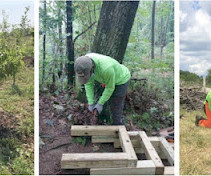
PA Environment Daily
AUGUST 14, 2023
Click Here for all the details and instructions on how to apply. If you need help with a green infrastructure project or for more information on their programs, visit the Landforce website.
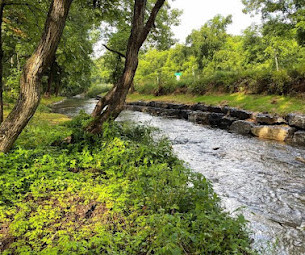
PA Environment Daily
FEBRUARY 1, 2024
The Colerain Mansion property is located within one of ClearWater’s strategic areas, the Scotia Barrens to Ridgelines Initiative , and the nonprofit’s mission to share the history and environment of the site with the public fits with ClearWater’s mission.

Legal Planet
DECEMBER 2, 2021
Much of our work involves the state of California. Our research programs at Berkeley and UCLA are dedicated to those missions. And speaking of the future, our work on climate change and other environmental issues will benefit not only this generation but our children and grandchildren. Supporting Berkeley.
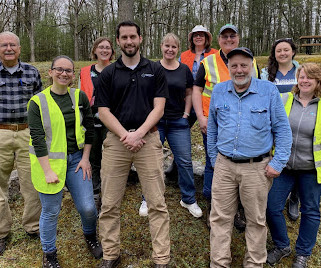
PA Environment Daily
OCTOBER 2, 2023
By Emily Mansfield, PCCD Communications Coordinator You may get our newsletter, follow us on social media, or attend our public education programs, but do you know what the District does on a daily basis? This means we do lots of different things to conserve our community’s natural resources from different angles.
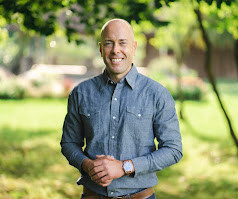
PA Environment Daily
MARCH 23, 2023
“In Tkach’s prior role as Chief Impact Officer for Rodale Institute, he has proven to be dedicated to the organization and its mission and a great contributor to its success. The values and mission of Rodale Institute have served as guiding principles in my personal and professional pursuits for many decades,” said Tkach.

Union of Concerned Scientists
NOVEMBER 2, 2023
We tend to perceive things as permanent and immutable only because their rate of change is imperceptible on the timescales of our own experience. When it comes to geologic time, the disconnect between our lived experience and the magnitude of Earth history is almost irreconcilable. Humanity’s relationship to time is notoriously myopic.
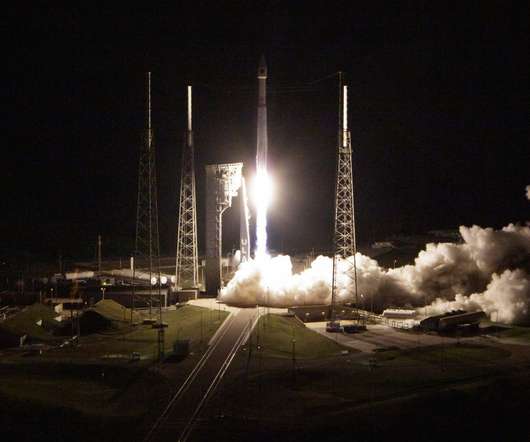
Physics World
OCTOBER 18, 2021
NASA has launched a $1bn mission to study Jupiter’s Trojan asteroids — two large clusters of rocks that are believed to be remnants of primordial material that formed the solar system’s outer planets. Given this link, the mission is named after the 3.2-million-year-old Courtesy: NASA).
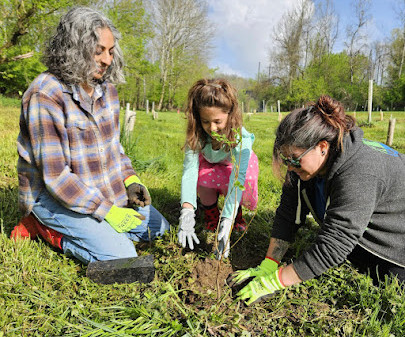
PA Environment Daily
APRIL 22, 2024
She said the mission is getting people, particularly youngsters from marginalized communities, involved in the natural world. Our identity is tied to our land and if that connection is strained the community can suffer,” Dr. Ismat said.
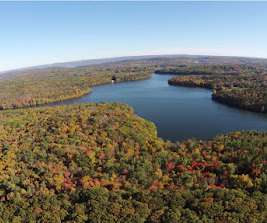
PA Environment Daily
SEPTEMBER 19, 2022
North Branch Land Trust’s mission is to conserve the working, natural, and scenic landscapes in Northeastern Pennsylvania that sustain us. In accordance with North Branch Land Trust’s mission, this project will maintain the natural beauty of the area with limited improvements to include simple trails and access.
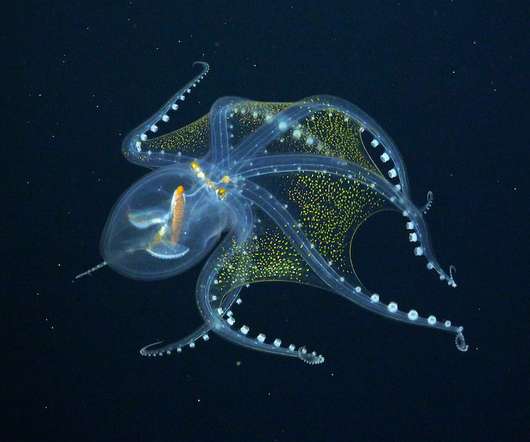
Ocean Conservancy
JULY 15, 2021
Need a reminder that our ocean is full of unusual animals? Using a remotely operated vehicle (ROV) named SuBastian, scientists observed not one but two glass octopuses, adding greatly to our knowledge of the behavior of this elusive species. The glass octopus is considered one of the least studied cephalopods in our ocean.
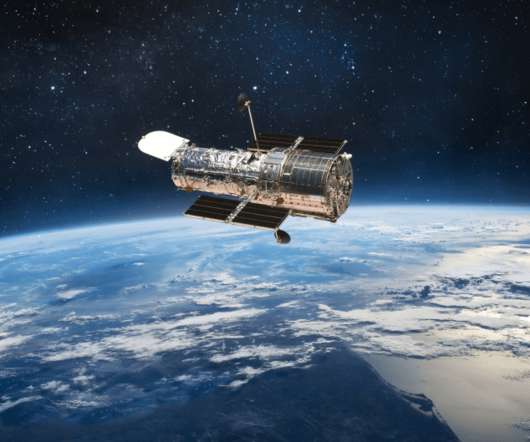
Frontiers
OCTOBER 13, 2022
Extravehicular activities (activities done by an astronaut outside a spacecraft), robotics, and autonomous systems solutions have been useful for servicing and maintenance missions and have helped the space community conduct ground-breaking research on various space missions. Selling the articles is not allowed.

PA Environment Daily
MARCH 29, 2024
The Interfaith Partners for the Chesapeake Bay will host an April 4 webinar on Caring For Our Local Waterways starting at 7:00 p.m. Join the webinar to hear some inspiring speakers talk about how they are leading the way in keeping our water clean through advocacy, policy change, and help from volunteers who care for our sacred watershed.
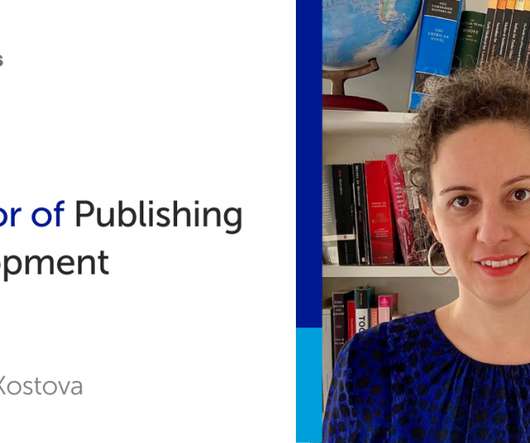
Frontiers
MAY 16, 2022
market with the mission to accelerate the transition to open access. Frontiers’ chief publishing officer Dr Mirjam Eckert says, “Julia’s deep understanding of the scholarly publishing landscape makes her incredibly well placed to lead our U.S. editorial strategy and to connect with our US-based researcher community.
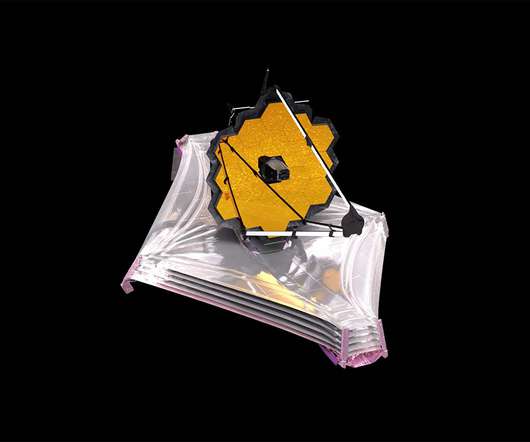
Physics World
JANUARY 25, 2022
On Monday the $10bn mission reached its destination, the L2 Lagrange point 1.5 million kilometres from Earth where it will remain in orbit throughout the mission. Find out more about the JWST mission in this feature article by Keith Cooper, originally published in the January issue of Physics World.

Frontiers
JUNE 27, 2023
Martina Sollai, customer experience specialist at Frontiers, said: “Our team received valuable feedback from current and prospective Italian partners, and reinforced Frontiers’ support to Italian institutions and researchers in their transition to open access publishing.” As Frontiers was born fully open access, there is nothing to transform.
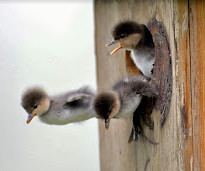
PA Environment Daily
MARCH 4, 2024
“The beauty of the Bay is captured best by our everyday interactions with it,” said Jennifer Wallace, CBF’s senior creative project manager and contest organizer. I am always amazed by the talent of each contestant and the benefits these photos have for our mission to save the bay.”

PA Environment Daily
MARCH 13, 2024
Department of Defense, $14 million of which was to purchase all the corporation’s property, including its offices in Ashley and the company records, greatly facilitating the work of Earth Conservancy and serving as an important resource for EC as it pursued its mission.

Frontiers
APRIL 26, 2023
Frontiers for Young Minds’ mission is to inspire and engage the next generation of scientists and citizens by publishing fun-to-read science that is globally accessible to all. Scientists empower society and our mission is to accelerate scientific discovery by making science open.
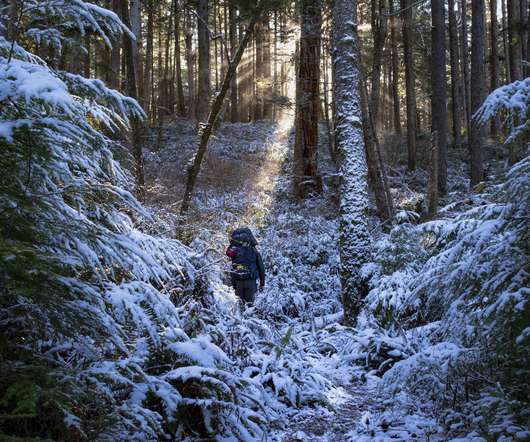
Washington Nature
DECEMBER 29, 2021
Volunteers are mission critical to The Nature Conservancy, and we are so fortunate to have such a great group of incredible, dedicated folks. In 2021, one volunteer’s contributions toward our mission rose above the rest. Thank you, Jenna, Leah, and all of the volunteers who help us achieve our mission every day!
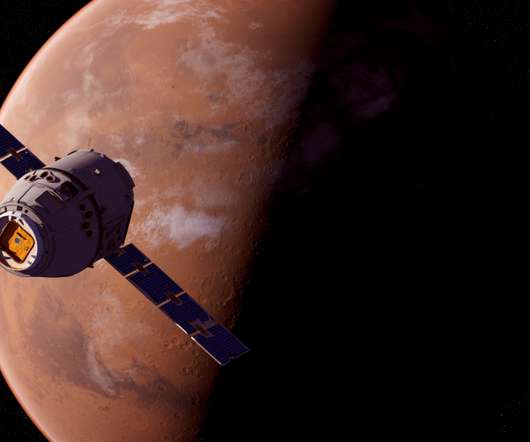
Frontiers
NOVEMBER 8, 2021
A previous isolation experiment called Mars-500 revealed a psychological detachment from mission control among those who took part, raising fears that it could lead to resistance from future crews in deep space to any commands. The rare bursts of contacts were seen during important mission events (eg landing simulation). “The
Expert insights. Personalized for you.
We have resent the email to
Are you sure you want to cancel your subscriptions?

Let's personalize your content